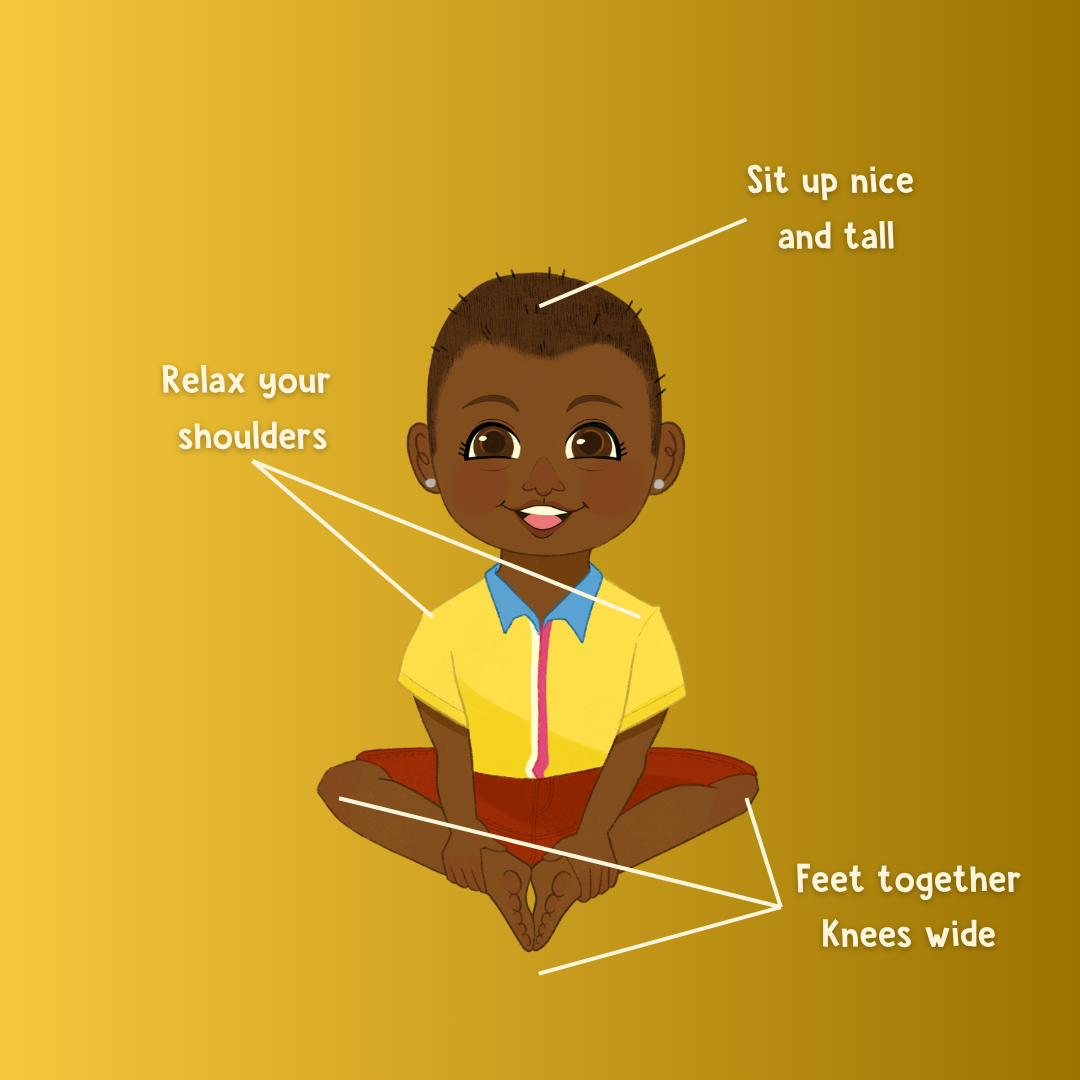The Importance of Nervous System Regulation for Children.
You've probably heard about regulating your nervous system or have been questioned if your nervous system is dysregulated. With modern yoga, breathwork, and other forms of somatic practices gaining popularity these terms have become more relevant in our daily culture.
In this blog post, we're going to share strategies for recognizing and enhancing nervous system functions and provide an example of one of our favorite nervous system regulation techniques that we work with in our program.
Fight, Flight, Freeze: The Polyvagal Ladder
The brain is hardwired to perform one incredible, necessary task- survive! Keep this funny body functioning and fast when it needs to run from a hungry tiger. Tigers take on many forms. Like a startling car alarm, getting lost in a busy crowd, perceiving loss- like a toy taken away or when you realize that your passport isn't where you thought it would be, and so on. When a tiger (either a real or perceived threat) forms in our consciousness the brain will be triggered into fight, flight, or freeze.
This can be adequately examined by the Polyvagal Theory, introduced in 1994 by Dr. Stephen Porges and later simplified by Deb Dana, who developed the concept of the Polyvagal Ladder.
Supporting Your Child's Nervous System
It's important to recognize that co-regulation begins at birth. From the very beginning these little nervous systems are developing, responding, and learning how to adapt and navigate. As parents or caregivers to these growing minds it's our responsibility to teach proper regulation tools. Existing from a regulated parasympathetic threshold invites more joy into life, aids in socialization, and teaches children life long tools to ensure they have the skills and resilience to navigate the world!
Responding to a Dysregulated Nervous System
Yup, you know it, little kids have big emotions! While necessary to enforce limits to keep our children, their peers, and ourselves safe, we are responsible for creating safe, compassionate containers for these emotions to move and pass through the body.
Since every child has unique needs and dispositions they will each display their own range and responses towards outside stimulation that can affect them in a distressing manner. With the knowledge of the Polyvagal Ladder we can begin to play investigator to a child's emotional distress.
What is their body language saying?
Are they showing signals of anger, resistance?
Maybe they're shutting down and isolating themselves from the group environment.
Maybe they're so upset that listening to the simplest instructions is impossible.
Phew, first take a deep breath.
Don't forget, taking care of children is no easy feat. We love them so much, we want the best for them, so it can be equally distressing when we're witness to their displays of deregulation. Especially when we, caregiver and child, are potentially coming up against the same obstacles cyclically. Growth happens in seasons and with the right tools we can navigate from rainy days to sunshine rays.
Using the Move Meter to Regulate the Nervous System
At Brain to Belly Yoga we teach we navigate regulation using the Move Meter.
Adapted from the Mood Meter by Dr. Marc Brackett, we introduce four quadrants of emotion:
High Energy; Challenging
Low Energy; Challenging
High Energy; Uplifting
Low Energy; Uplighting
And then pair that emotional quality with a yoga posture!
Utilizing yoga is an excellent way to meet emotions within the body, encourage purposeful breath, and return to a state of calm. Teaching brain-body connection while children are in early development offers numerous benefits to their emotional, physical, and mental wellbeing.
As they begin to associate certain postures with certain feelings this creates positive pathways and builds healthy habits they can return to when navigating their nervous systems.
Understanding and Nurturing the Nervous System
Understanding and nurturing nervous system regulation in children is paramount for their overall well-being. As we've explored, the nervous system plays a fundamental role in every aspect of a child's life, from cognitive and emotional development to physical health and beyond. By implementing strategies such as yoga, mindfulness, and other sensory-based activities, we can empower children to develop strong neural connections, emotional resilience, and self-awareness from an early age.
Based in Chicago, we offer playful yoga classes specifically designed for children and their caregivers, integrating fun and engaging play that promote brain-body connection, group socialization, and emotional regulation. Our instructors are certified through Meet Me in Child's Pose, a kid's yoga teacher training program, ensuring a safe, explorative environment where children can explore movement, breath, and mindfulness in a super fun, supportive atmosphere!
Ready to explore more? Join us at Brain to Belly Kids Yoga and embark on a journey of discovery and growth!
Sign up for our email newsletter to stay updated on class schedules, special events, and exclusive offers. Let's inspire a generation of confident, resilient, and empowered children together!




